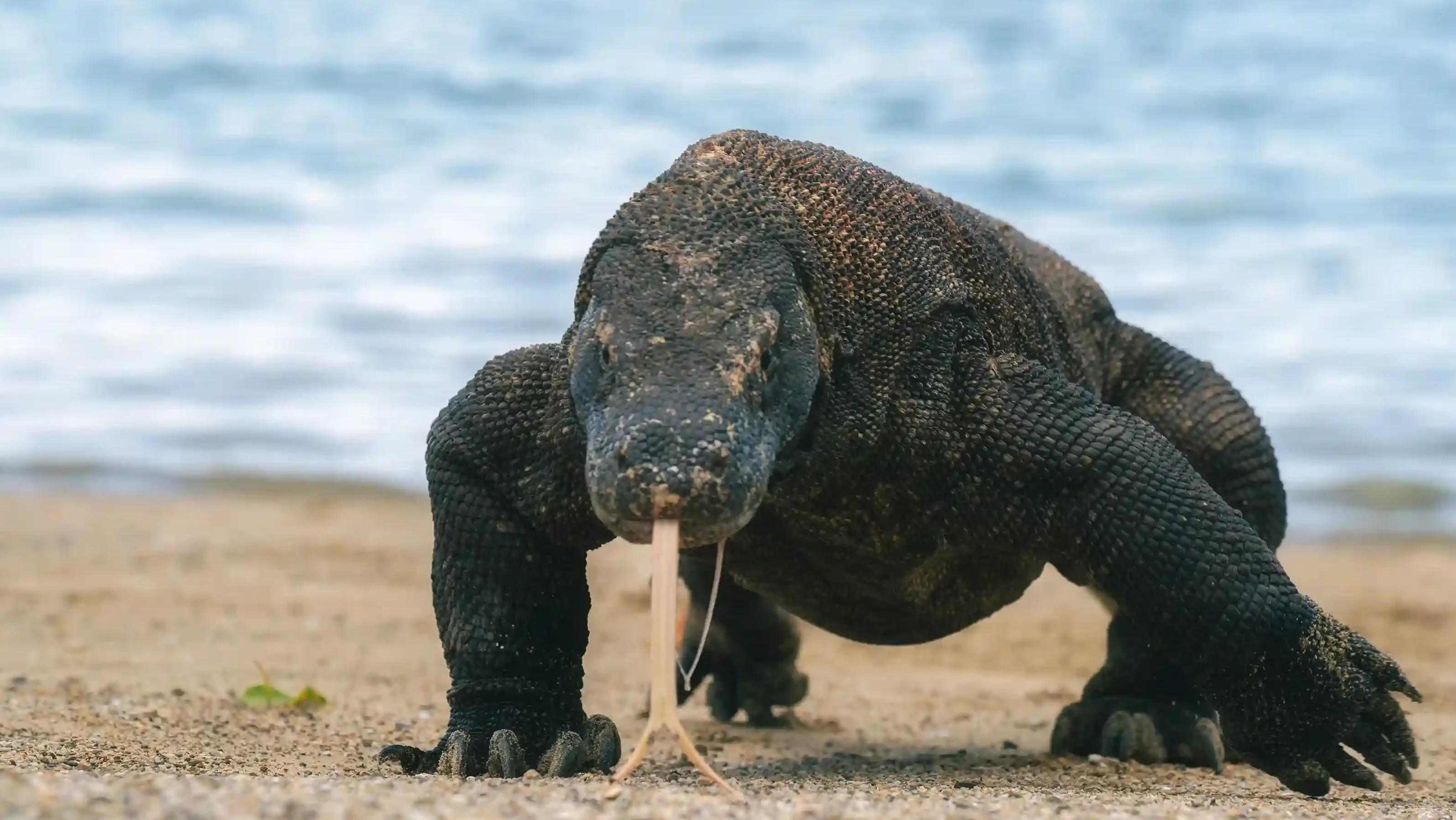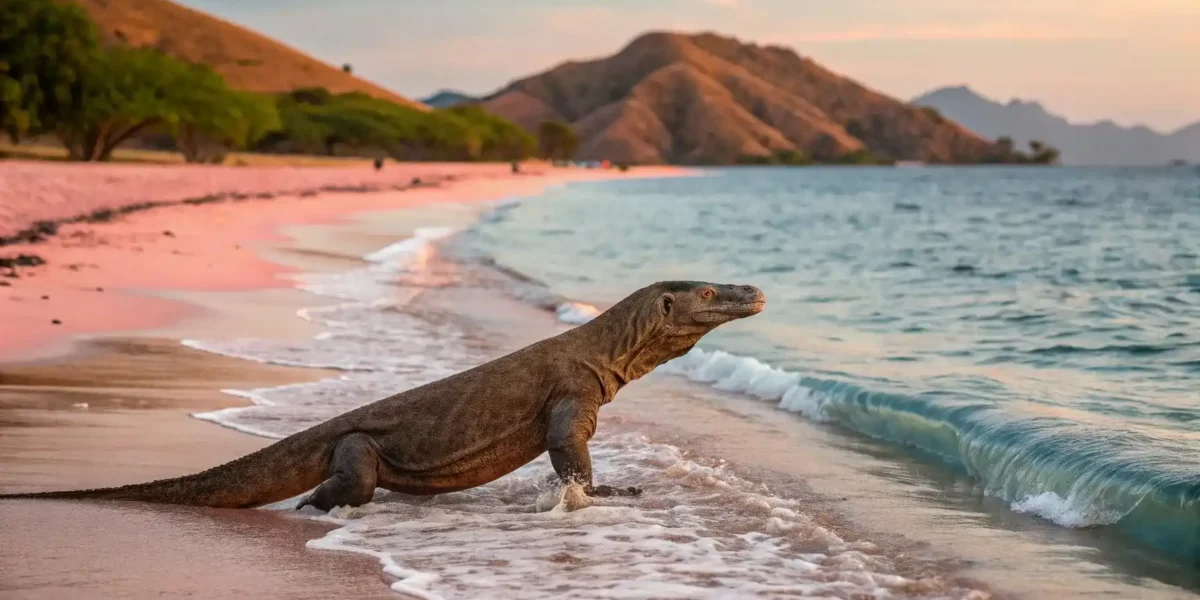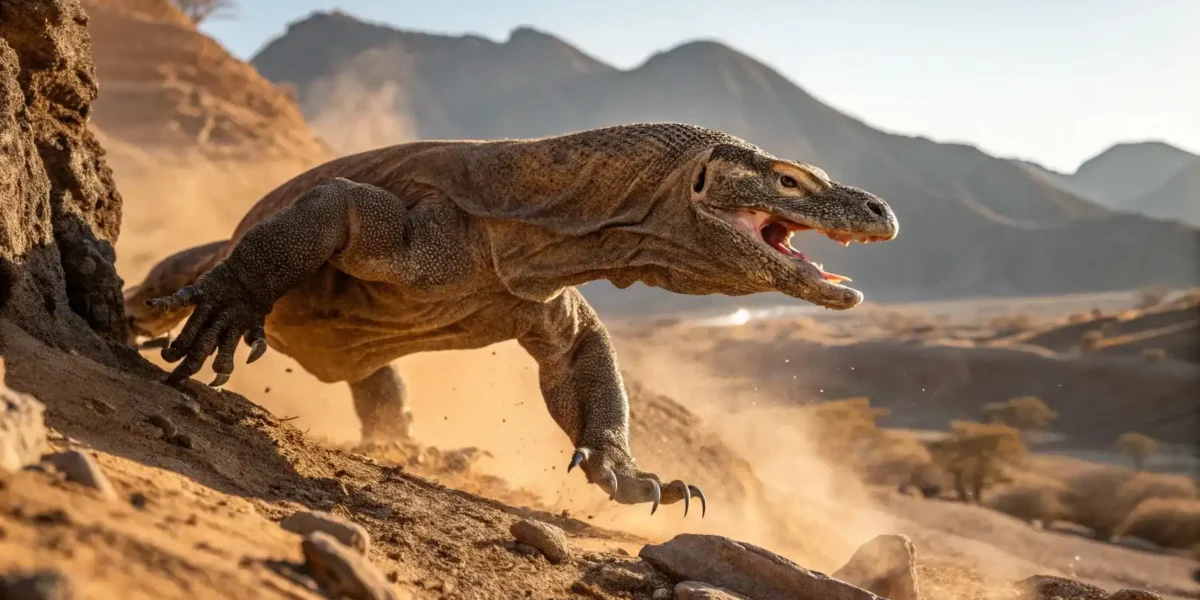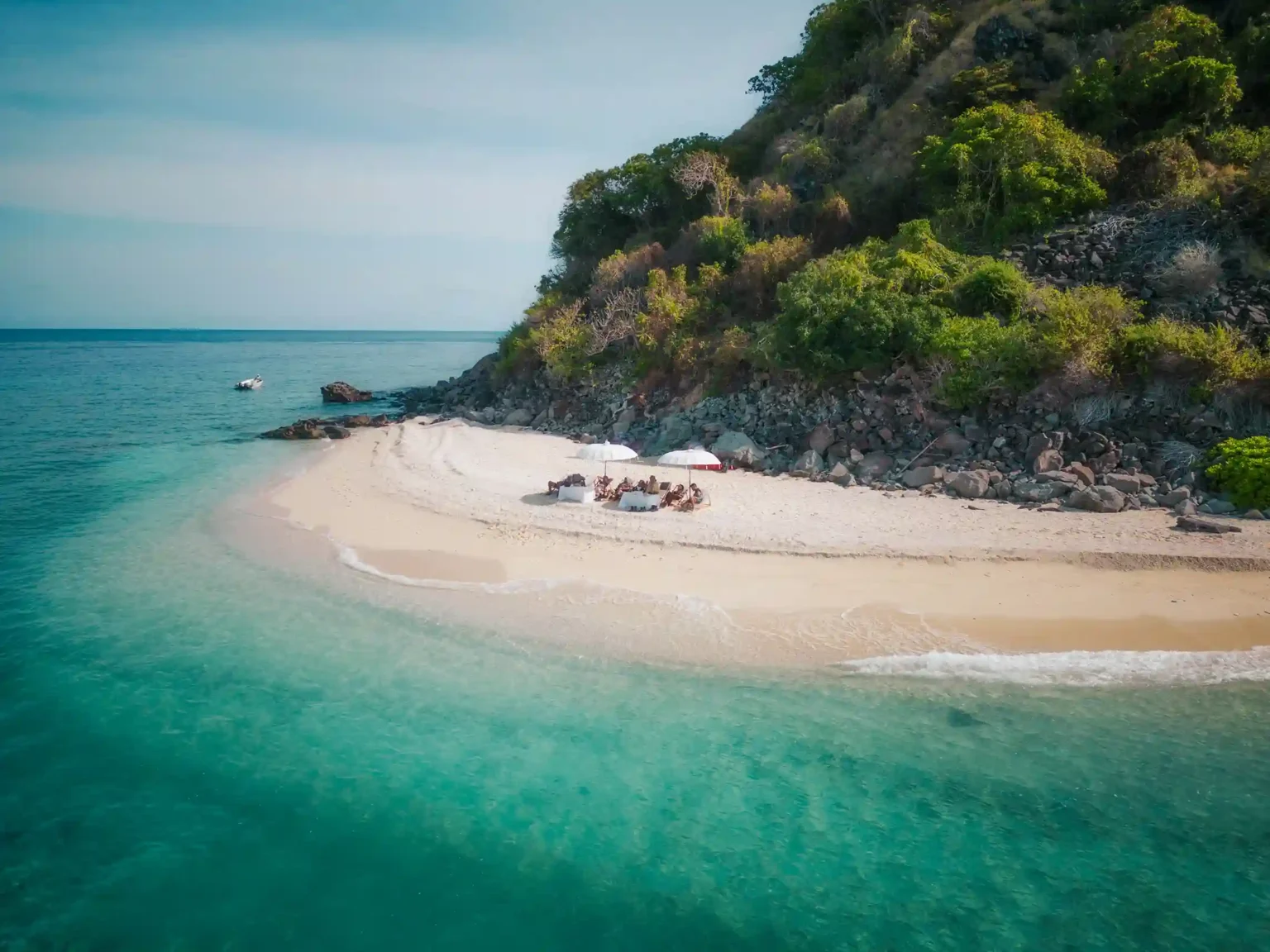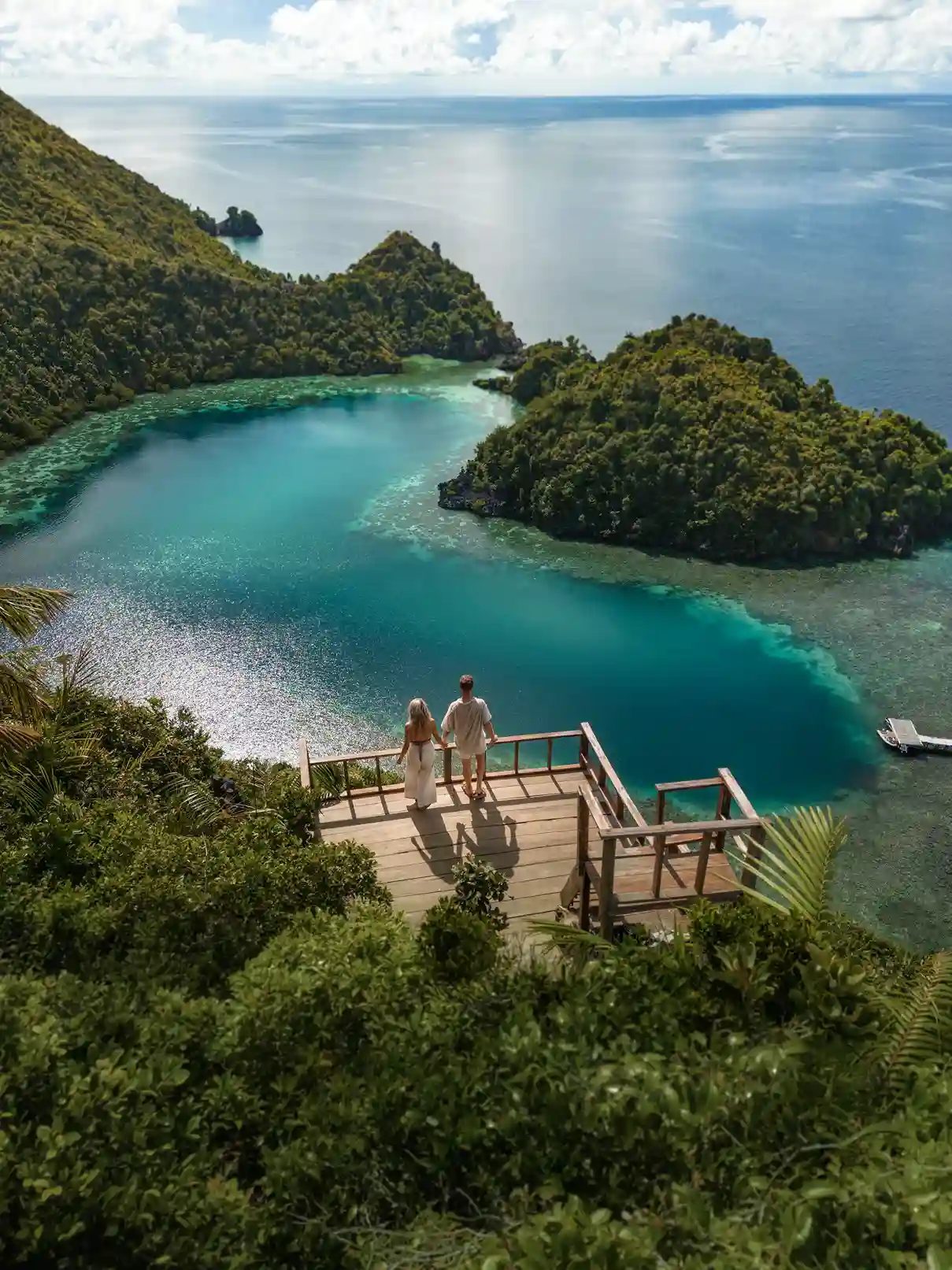Are Komodo dragons, those giant predators from Indonesia, venomous? The short answer is yes. But there’s much more to these fascinating creatures than just their size and sharp teeth. Hidden in their saliva is deadly venom that plays a crucial role in their hunting strategy. For wildlife enthusiasts, understanding the details about Komodo dragons and their venomous bite is essential before planning a trip to see them in their natural habitat. Let’s explore some intriguing facts.
Are Komodo Dragons Dangerous to Humans?
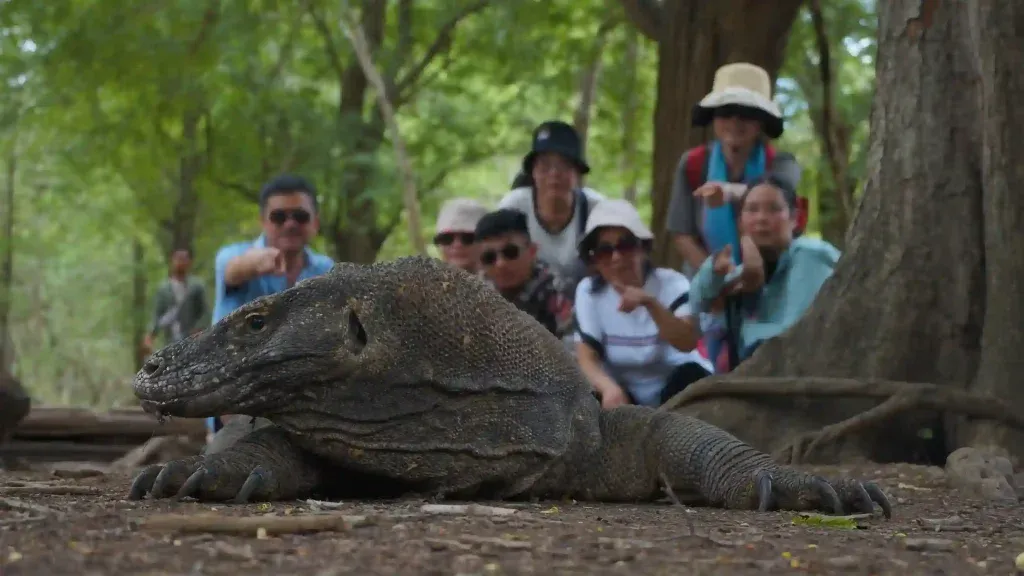
One of the most common questions about Komodo dragons is whether they pose a serious threat to humans. While Komodo dragons are venomous, attacks on humans are extremely rare. According to data from Komodo National Park, between 1974 and 2023, there have been only 36 recorded bites, resulting in 5 fatalities. Typically, Komodo dragons only attack when they feel threatened or if their territory is disturbed, particularly when it involves food sources.
Despite this, a Komodo dragon’s bite can be quite dangerous. National Geographic reports that their venom works by lowering blood pressure and preventing blood clotting, causing victims to weaken rapidly. For humans, a Komodo bite could be deadly if not treated promptly, but in general, Komodo dragons won’t attack people without provocation.
Read more: Can a Komodo Dragon Eat a Whole Human? The Facts Behind This Powerful Predator
How Venomous Are Komodo Dragons?
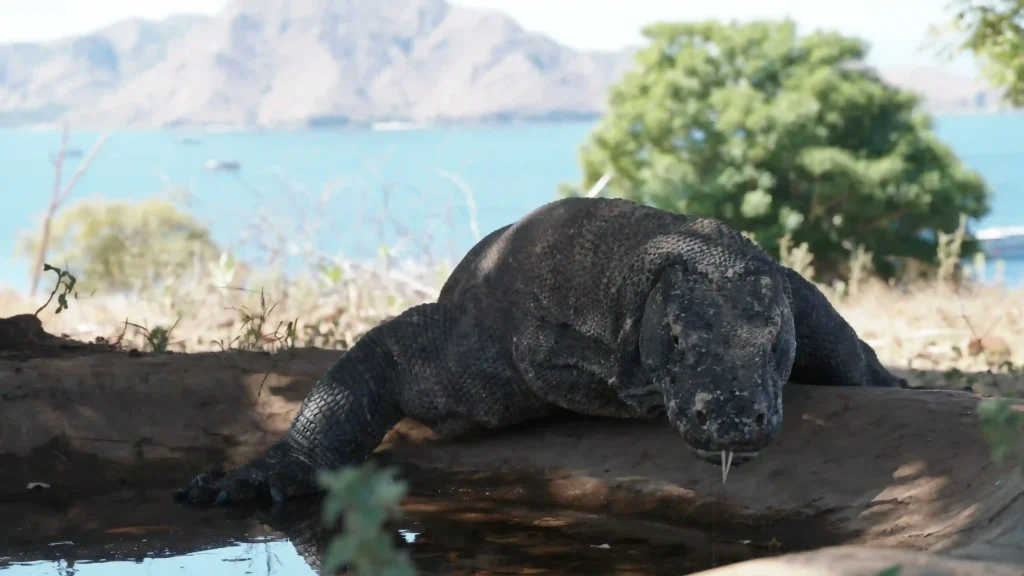
The venomous nature of Komodo dragons has fascinated scientists for years. National Geographic and National Zoo both highlight that their saliva contains toxins that make them effective hunters. The venom prevents blood from clotting, leading to severe blood loss in their prey. Their venom contains proteins similar to those found in highly venomous snakes like the inland taipan, one of the deadliest snakes in the world.
Research conducted by Dr. Bryan Fry of the University of Queensland found that Komodo venom accelerates blood loss and weakens prey quickly. This explains why Komodo dragons often stalk their prey after delivering an initial bite, waiting for the venom to take effect before closing in for the kill.
How Do Komodo Dragons Hunt Using Their Venom?
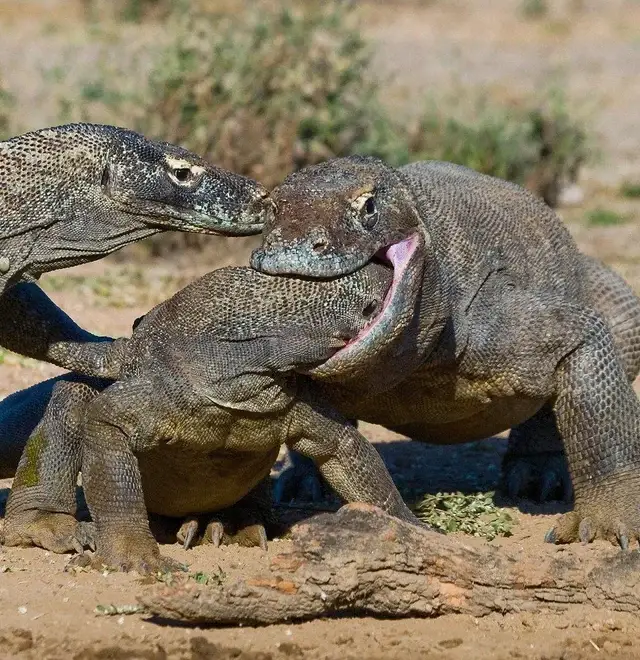
The hunting strategy of Komodo dragons is unique. Rather than killing their prey instantly, they bite and release it, allowing the venom to do the work. As the venom spreads, the prey becomes weaker, eventually collapsing due to blood loss or shock. This process can take several hours or even days, but Komodo dragons are patient hunters.
Once the prey is too weak to fight back, the Komodo will move in to feed. With sharp teeth and powerful jaws, they can devour up to 80% of their body weight in a single meal. Animals like deer, wild boars, and even water buffalo fall victim to their venomous bite.
What’s in Komodo Dragon Venom?
Komodo dragon venom contains a mix of proteins and enzymes that work as anticoagulants, preventing blood clotting and causing rapid blood loss. It also triggers a sudden drop in blood pressure, making prey too weak to escape. Additionally, their saliva contains antibacterial properties, allowing them to consume decaying flesh without the risk of infection. Asia Wild reports that the enzymes in Komodo venom speed up blood loss, ensuring that their prey succumbs quickly.
How Do Komodo Dragons Adapt to Their Environment?
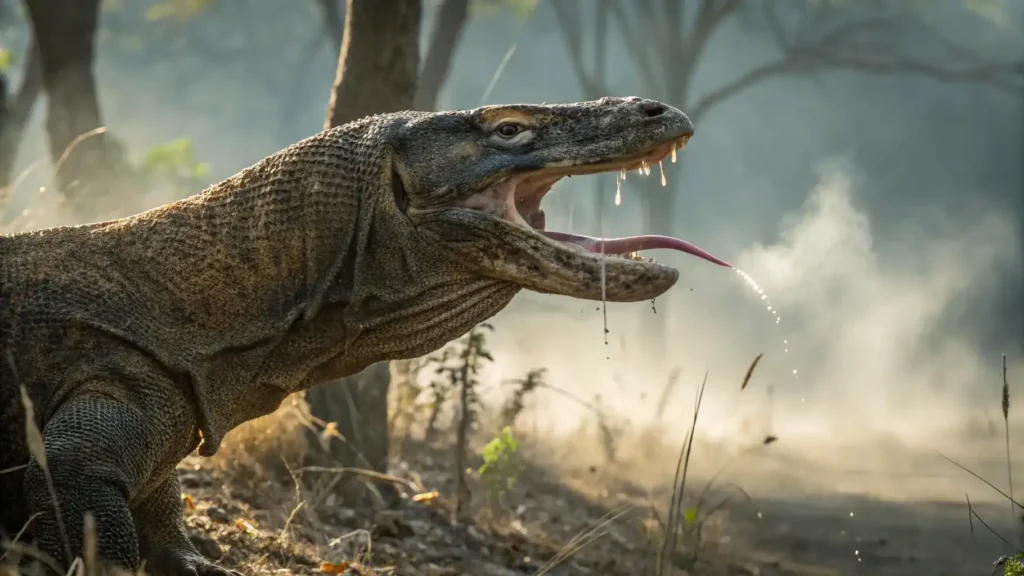
Komodo dragons inhabit the islands of Komodo and Rinca Island in Indonesia. As apex predators, they have no natural enemies, but their environment and prey availability are being threatened by human activities. Despite being venomous and dangerous, Komodo dragons don’t actively seek to harm humans. In fact, they coexist with local communities who have grown accustomed to their presence.
Komodo dragons are also a protected species, as their population is declining due to habitat loss and reduced prey availability. Conservation efforts are crucial to ensure their survival for future generations. The International Union for Conservation of Nature (IUCN) has listed them as a vulnerable species, emphasizing the need for conservation initiatives.
Komodo Dragon Venom vs Snake Venom
Komodo dragons are venomous, but how does their venom compare to that of snakes? While both creatures use venom to subdue their prey, there are key differences. Komodo dragon venom contains proteins that prevent blood clotting and cause rapid blood loss in prey, much like some of the world’s most venomous snakes, such as the inland taipan. However, unlike snakes, Komodo dragons also have strong antibacterial properties in their saliva, allowing them to consume decaying meat safely. This makes Komodo venom both deadly and useful for their survival as apex predators in the wild.
Read more: Komodo Dragon vs Anaconda: Battle of the Giant Reptiles
Safety First for Spotting Komodo Dragons
Seeing a Komodo dragon in its natural habitat is both thrilling and awe-inspiring. As the largest living lizard on Earth—often exceeding three meters in length—this prehistoric-looking reptile is known for its powerful bite and venom components. While this might sound intimidating, rest assured that with the right preparation and expert guidance, you can enjoy an up-close encounter safely.
The first and most crucial step to ensure a secure experience is booking a Komodo Island Tour with a reputable operator like Komodo Luxury. Why does this matter?
- Guided Itineraries: Their well-planned routes cover key areas in Komodo National Park, including Komodo Island and Rinca Island—two prime spots to find Komodo dragons.
- Expert Rangers: You’ll be accompanied by professional Komodo Rangers or naturalist guides who understand Komodo behavior and know exactly how to maintain a safe viewing distance.
- Strict Safety Protocols: From keeping a respectful distance to avoiding any provocative behavior, the team ensures everyone follows guidelines that protect both visitors and the dragons.
Encounter Komodo Dragons with Our Komodo Dragon Tour
While Komodo dragons do carry venom in their saliva, this scientific fact shouldn’t deter you from experiencing one of nature’s most fascinating reptiles. With proper guidance, clear safety rules, and a respectful approach to their habitat, your chance of an incident is minimal.
If you’re eager to witness these awe-inspiring giants firsthand—without compromising on comfort or peace of mind—look no further than the Komodo Dragon Tour by Komodo Luxury. Dive into Indonesia’s extraordinary wildlife, uncover the wonders of Komodo National Park, and create lifelong memories in one of the world’s most exotic destinations.
Ready for an unforgettable Komodo tour? Book your tour with Komodo Luxury today and let us handle every detail of your once-in-a-lifetime journey!

FAQs about Komodo Dragon Venom
1. Do Komodo Dragons Have Venom or Bacteria?
Yes, Komodo dragons have venom in their saliva. This venom, combined with their strong bacteria, helps them bring down prey. The venom causes blood loss and lowers blood pressure, making it easier for them to hunt and feed.
2. Has Anyone Died from a Komodo Dragon Bite?
Yes, there have been a few fatalities resulting from Komodo dragon bites, but these are extremely rare. Most bites happen when the dragons feel threatened or when a human disturbs them. Proper precautions and safety guidelines significantly reduce the risk of attack.
3. What should I do if bitten by a Komodo dragon?
If bitten by a Komodo dragon, it’s crucial to seek immediate medical attention. Apply pressure to the wound to control bleeding and get to a hospital as quickly as possible. The bite may cause infection due to bacteria in their saliva, and the venom can lead to blood loss or a drop in blood pressure. Professional treatment, including antibiotics and possible antivenom, is essential. Always follow safety guidelines when near Komodo dragons.







